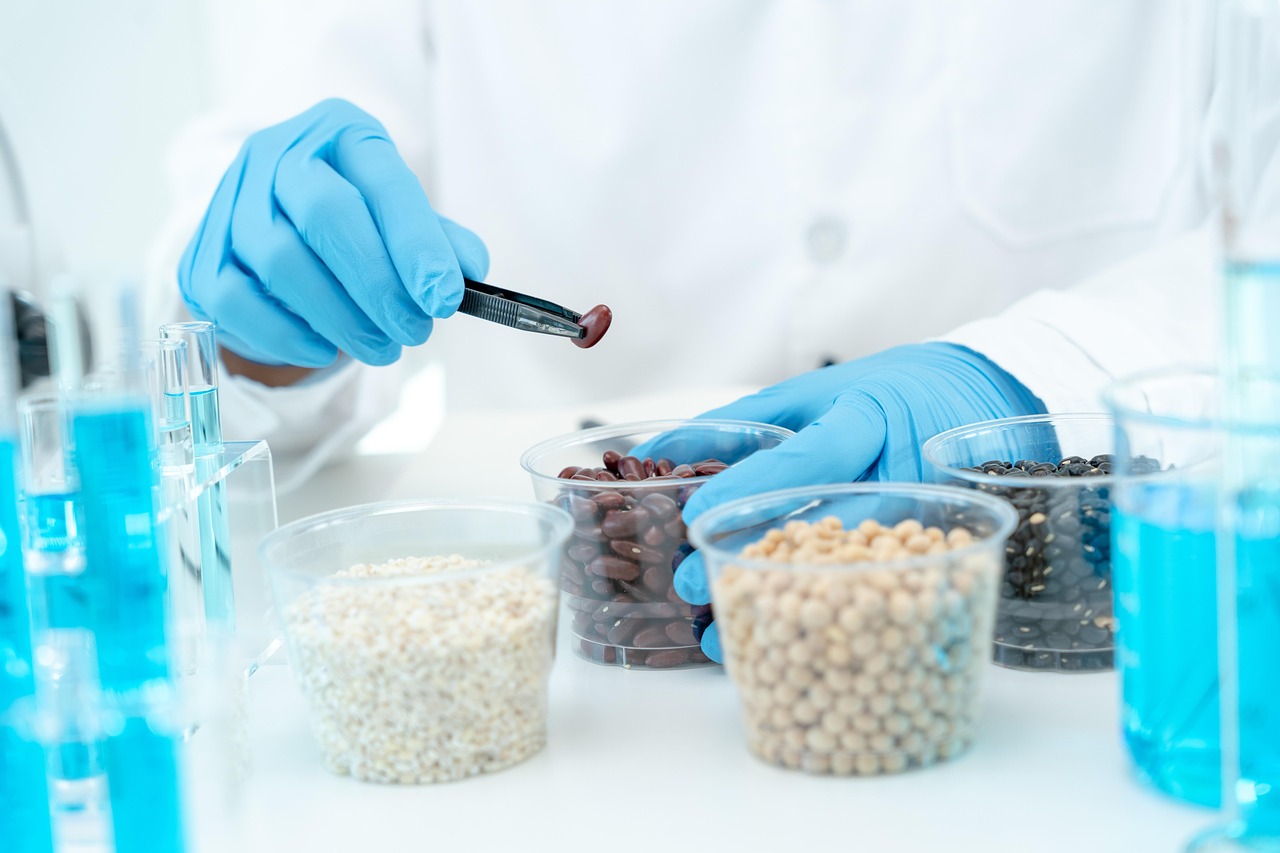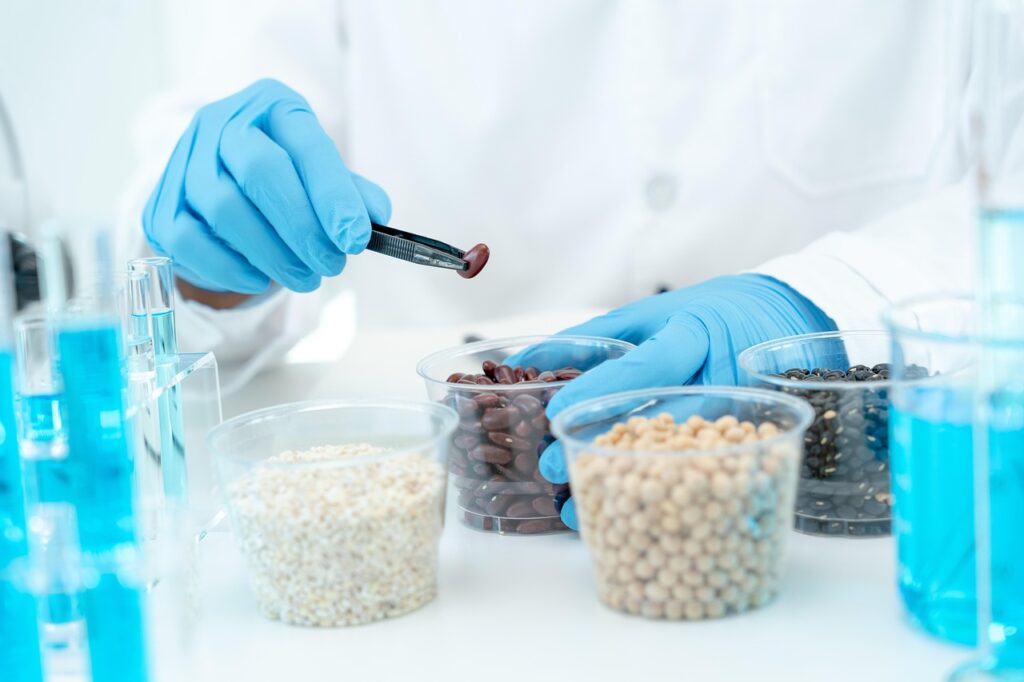Shelf life evaluation is a critical aspect of ensuring food safety and quality. It entails determining the maximum amount of time that food products can be kept in storage without compromising their safety or quality—taste, texture, and nutritional content, for example. Producers can preserve consumer safety and freshness by determining the ideal shelf life for their products through appropriate studies. Enhancing shelf life can also result in more effective resource management, which can reduce food waste and streamline distribution procedures.
Partnering with reputable shelf-life testing labs is essential for producers to conduct accurate and reliable shelf-life evaluations and comply with regulatory standards. These labs make use of cutting-edge testing techniques to evaluate a product’s stability and safety over time, guaranteeing that it satisfies all applicable quality and safety requirements. Food companies may guarantee their products comply with industry and regulatory regulations and make educated decisions by working with these specialist labs to access expert insights and data. We’ll examine the legal criteria for shelf-life evaluation in this blog post, as well as how collaborating with reliable shelf-life testing labs may help you adhere to these guidelines.
Understanding Shelf Life Evaluation
Shelf life evaluation is a comprehensive process that involves assessing the stability and quality of food products over a specified period. This assessment establishes the maximum duration for which a food can be safely consumed without losing its intended sensory and nutritional qualities, including flavor, texture, aroma, and nutrient content. This method assists in determining the best period to use a product and gives manufacturers insightful information on how their goods age in various settings and conditions.
This evaluation determines the longest safe eating period for a product without compromising its intended sensory and nutritional attributes, such as flavor, texture, aroma, and nutrient content. This technique provides manufacturers with useful data on how their products age in diverse locations and conditions and helps determine the optimal time to use a product.
Regulatory Frameworks
To protect consumer safety, shelf life evaluation is supervised by regulatory agencies like the FDA in the US and the EFSA in the EU. These groups provide rules and criteria for determining the shelf life of food goods and labeling them accordingly. To stay out of trouble with the law and keep their good names, food producers need to follow these guidelines.
Compliance with Regulatory Standards
When evaluating shelf life, food companies must adhere to regulatory requirements. Infractions of these rules may lead to recalls, fines, and reputational harm for the company. Remaining compliant helps to uphold consumer confidence in the brand and guarantees the safety of food goods.
Key Regulations for Shelf Life Evaluation
Food producers and testing labs must adhere to various regulations when evaluating shelf life. Key regulations include:
Labeling Requirements: It’s critical to accurately label products with shelf life information. Expiration or “use by” dates should be included on labels to let customers know how long a product will last.
Testing Standards: Standards for microbiological analysis, chemical composition testing, and sensory evaluation are only a few examples of the tests and techniques that are frequently specified by regulations to assess shelf life.
Safety Standards: Regulatory agencies set safety standards for food items, which include allowable limits on additives and pollutants.
Shelf life testing labs play a crucial role in helping food producers comply with these regulations. These labs conduct rigorous testing to evaluate a product’s shelf life and ensure it meets safety and quality standards.
Check out our blog on Shelf Life Testing for more Information

The Role of Shelf Life Testing Labs
Accurate and trustworthy shelf-life evaluation requires collaboration with trustworthy shelf-life testing labs. These labs evaluate a product’s quality, safety, and stability throughout time using cutting-edge testing techniques. Food manufacturers can guarantee accurate and unbiased results by contracting with other labs for testing.
Shelf life testing labs are equipped with state-of-the-art technology and experienced professionals who can conduct comprehensive analyses of food products
They offer data-driven insights that assist producers in making well-informed choices regarding the distribution, packaging, and formulation of their products. Producers who operate in different markets can benefit greatly from these labs’ understanding of regional and international legislation.
Best Practices for Shelf Life Evaluation
To ensure effective shelf life evaluation, food producers should follow these best practices:
Frequent Testing: Monitor a product’s shelf life and spot any possible problems early on by conducting routine tests.
Quality Control Measures: Implement quality control procedures at every stage of the manufacturing process to ensure dependability and consistency.
Cooperation with Testing Labs: To ensure regulatory compliance and carry out comprehensive evaluations, closely collaborate with shelf-life testing labs.
Training and Education: Educate employees on the most recent developments in shelf life evaluation as well as regulatory needs. Continual training guarantees that staff members are knowledgeable about industry norms and best practices.
Documentation: Keep thorough records of testing outcomes, shelf life assessments, and compliance strategies. When audits and inspections are conducted, accurate documentation helps prove compliance.
Risk management involves identifying any hazards that could affect shelf life in the production process and supply chain. Put precautions in place to lessen these hazards and increase product stability.
Case Studies
Case studies of organizations that have effectively included shelf life assessment procedures provide insightful real-world information and useful models for other food sector enterprises. These case studies demonstrate how businesses have successfully negotiated challenging regulatory environments to guarantee that their goods meet quality and safety requirements. Through an examination of the methods and tactics employed by these prosperous enterprises, others might acquire insight into optimal approaches for fulfilling regulatory obligations.
Conclusion
To ensure that their products meet strict safety and quality standards, food companies must be aware of the regulatory requirements around shelf life evaluation. These specifications cover a variety of rules and regulations that guarantee food products stay safe to eat for the duration of their anticipated shelf life. Following these rules to the letter can shield customers from the health hazards that could arise from eating damaged or tainted food. In addition to being required by law, adhering to these principles is essential for food producers to conduct business ethically and lay the groundwork for establishing lasting relationships with customers.











